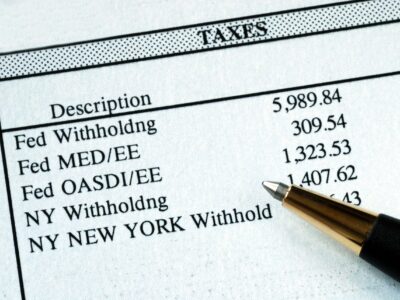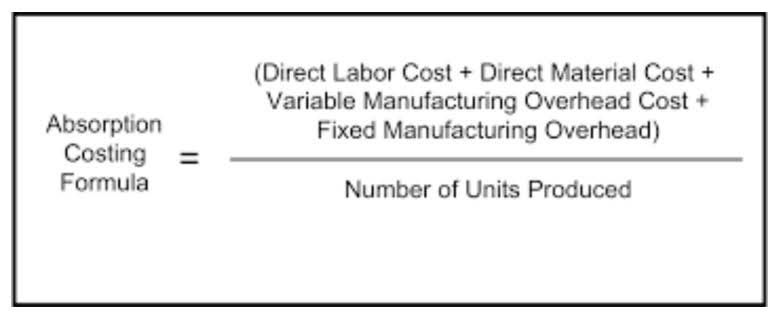
Recognizing the artistry inherent in accounting adds a layer of appreciation for the profession, emphasizing its role as a creative endeavor that goes beyond the confines of numbers and balances. Its dependence on practice and association with an implementation based on set guidelines shows the artistic elements in accounting. However, the method is subject to the accountants and the changing business environment, and thus the established principles are not rigid. According to McGuigan & Ghio (2019), the flexibility of these rules to accommodate different scenarios and institutions further provides evidence into its artistic nature.
Is Accounting An Art Or A Science Or Both Explain
Its description by AICPA also shows that accounting is an art depending on an individual point of view. The science in accounting is undeniable, given that the practice is subject to scientific methods such as observation, investigation, summary, and interpretation. The set of principles that form the guidelines of accounting is another sign of the scientific nature of this practice. For example, debits equal to credits are a scientific formula (Fellingham, & Lin, 2018).
Why accounting is an art as well as science class 11?
- Additionally, it involves different institutions and varying situations that require flexible rules for correct application in all cases.
- It is also to some extent universally true, which means it really should be classified as a science.
- You, as a decision-maker can help yourself when making decisions using some more or less scientific techniques and more or less sophisticated means – such as, for example, expert systems, but the ultimate decision is up to you.
- And Accounting is an art as the established rules and principles of accounting is applied in the bookkeeping process of an economic entity.
- In the paper, the authors elaborate some recently published research concerning the originality of artworks in terms of self-organization in the complex systems physics.
- It requires skills and professional judgment that are developed through study and practice.
But if you want to break them apart, you could say that bookkeeping is how you record and categorise your financial transactions, whereas accounting is putting that financial data to good use through analysis, strategy, and tax planning”. This technique makes it possible for you to save time, but it also makes it easy the interpretation and analysis of the economic facts and it presentation. Thanks to the technique, the usefulness of accounting, due to its practical application, is decisive in the administration and in the development of economic activity at different levels. If you think carefully about it, when you deal with accounting as a technique we are referring to its practical application as a science, that is, you’re using this technique as a tool of a particular scientific process. Recording pertains to writing down or keeping records of business transactions. Classifying involves grouping similar items that have been recorded.
- If the accounting is an art then what characteristics a science has that accounting lack of these.
- According to Marcel Duchamp, the artist defines art, and it seems increasingly true that nowadays artists also define who and what they are.
- For example, you can refer to IAS 40 Investment property dealing with property acquired for capital appreciation or rental income, because the purpose of your first-class artwork is very similar.
- Like Science; Accounting requires gaining knowledge about the economic status of an entity by systematic study.
Questions & More Information
Additionally, just as acceptable conclusions in sciences require identifying, recording analyzing, and researching so does accounting through the double-entry bookkeeping technique. Accounting is an art – Accounting is art as well as science which systematical process that identifies, records, classifies and communicates the economic facts and figures of an organization. Accounting is both art and science, it follows the scientific path to find, present financial findings in a structured way, its art for giving creative judgment. At some point of learning Accounting or in your career as an accountant, we all faced a common but intriguing question;Is accounting is an art or a science?
Creative Accounting
- Just as artists rely on a palette of colors to bring their creations to life, accountants utilize a palette of accounting principles and standards.
- Nowadays, no one can deny the scientific nature of accounting, although there are still many authors that keep denying these facts.
- An artist is someone whom funding agencies call an artist.
- Accountants must not only crunch numbers but also possess the skill to discern meaningful patterns and trends within the data.
- Nowadays, this science stands with its own means of research, its extensive legal-economic connections and its methodology as one of the great realities of contemporary knowledge.
Acquiring a piece of art with historical value for the purpose of storing the wealth is exactly the transaction not specifically addressed by IFRS, therefore you should develop your own accounting policy. Usually, the primary goal for acquiring artwork is exactly making an investment and many people acquire a piece of art rather bookkeeping for painters than some financial instrument for the purpose of storing value. Mark contributions as unhelpful if you find them irrelevant or not valuable to the article. This feedback is private to you and won’t be shared publicly. These are facts and in this sense, accounting is a very interesting, enjoyable and practical “scientific art”.
In these cases, a self-proclaimed artist might have to meet several criteria dictated by the U.S. government to show that they’re also an artist by trade. When the accountant defines his professional contribution as art rather than science, he leaves himself open to pressure to paint a flattering picture of his client. https://www.bookstime.com/ Science would require, for example, that conventions be observed in the same way for every client to which they are applied. In defiance of this basic principle, the accountant permits himself a range of permissible conventions, of which some will turn out to be more flattering to a given client than others.
Is accounting an art or a science PDF?
- Accountancy is the process of communicating financial information about a business entity to users such as shareholders and managers.
- In conclusion, accounting is not merely a mechanical process of recording and calculating; it is an art form that involves interpretation, judgment, and creativity.
- Recently, artists and scientists again collaborate more frequently, as promoted most radically by the ArtScience movement.
- Accounting is also identified as art because it required special skills and the ability to prepare accounts and further comprehend them.
Compliance with standardized accounting practices and principles is non-negotiable, ensuring that financial reporting is consistent and reliable. However, accounting is not an exact science since the rules and principles are constantly changing (improved by standard-setting bodies). Accounting is the science of recording and presenting the financial data of an economic entity by observing, detecting, investigating, and identifying the economic events via established collecting, testing, analyzing and presenting methods. It is an art as it records, classifies and summarises the financial transactions which helps in understanding the profitability and financial status of the business.
Listing Results Is Accounting Science Or Art
If the accounting be a science then some definitions need to be revised. In overall view whether accounting be a science or an art, it make any differences with us. Most of distinguished people did not define what is an art or a science, or a consensus definition of these two matter is not available. In this article some of features of art and science will be explored and in the rest of it, two views toward accounting will be approached. We conclude that scientism is not a good point and what that matter is usefulness of the accounting and outcomes of it.
Is Accounting A Science Or An Art Explain
Management accounting uses a different set of rules to personal accounting, just as calculus and geometry use different sets of rules, while being subsets of the continuum that is mathematics. Practitioners of each have yet to agree on a common definition even of these elements of accountancy, let alone of the discipline itself. What’s more, the question does not get any easier to answer the further we consider it.

Why Accounting is both science and art?
Some items have a useful life as businesses know in advance when they are going to replace interiors. Also, some items simply wear and tear by inconsiderate treatment or just because. In this case, it should not be a problem to make an estimate of asset’s useful life and residual value. These items may have non-negligible acquisition cost, they might be produced specifically for you by the artist or purchased in galleries. In other words, these are not small items – I write about these in class 4.






